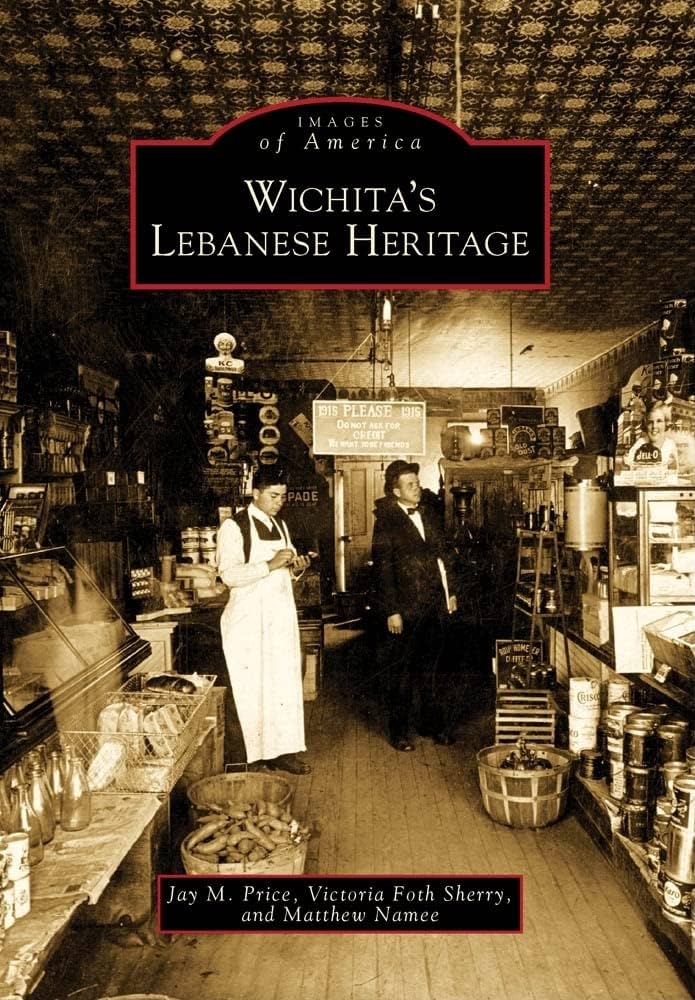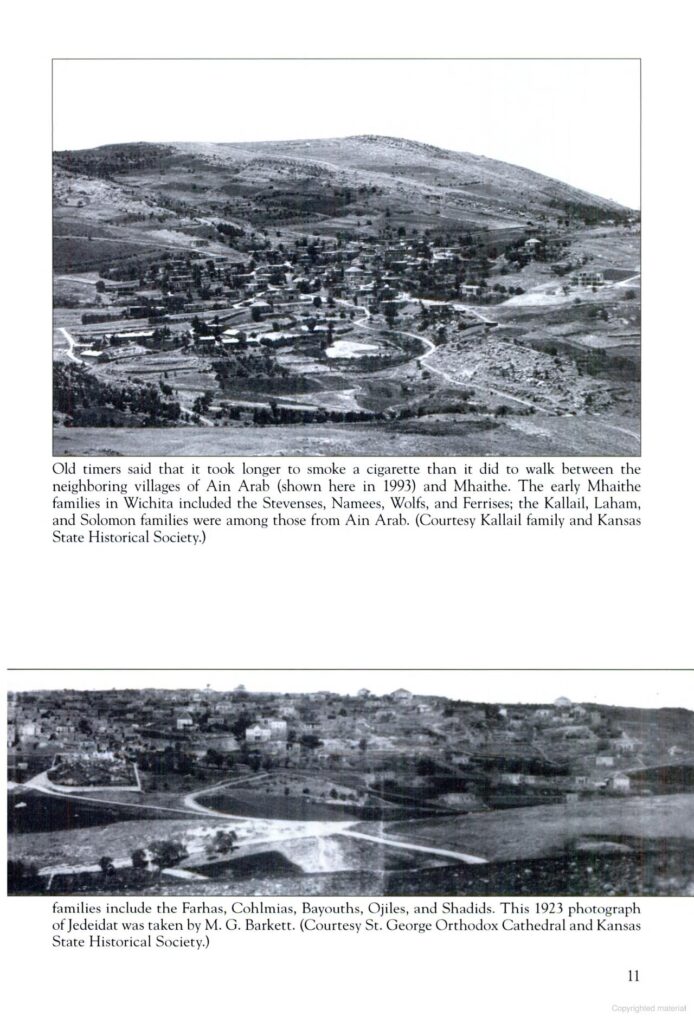Lebanese in Kansas, oh my!
When I started working on this project, among the first questions that people asked me included: Wait, there are Lebanese people in North Carolina? And when I answered affirmatively, they followed up with, Are there a lot of them?
Questions like these, which I still receive, continue to teach me 2 lessons: First, we have more work to do in educating North Carolinians of their state-wide heritage; and second, every conversation is an opportunity for that education. I really enjoy showing people our digital archive that contains material from the 1890s and watch as they come to realize that the Lebanese-American community has been making a contribution to the state for over a century!
Through this project, I have learned so much about the community in North Carolina, but also in other areas of the South, the country and around the globe. As a professional archivist and trained historian of modern US history, I have a wealth of knowledge about Lebanese diaspora!
Last week, while attending the National Council on Public History conference, I met Dr. Jay Price, an assistant professor of History and Director of the Public History program at Wichita State University in Kansas. He attended my panel and throughout my presentation, I could see Jay nodding excitedly at numerous key points. I thought to myself, He must know something about the Lebanese!
When he approached me after my presentation, Jay told me about his own work with the Lebanese community in Kansas. To which I responded, Wait, there are Lebanese people in Kansas!? He went on to describe the detailed work he has done documenting and tracking the Lebanese (Syrian) experience from the 1890s when they arrived and worked as peddlers to establishing local business and contributing to the civic culture of the area.
Sound familiar? This project is our Plains State counterpart!
Here’s the description of Wichita’s Lebanese Heritage published in 2010 (emphasis my own):
Wichita, a city of entrepreneurs, offered an ideal home for Middle Eastern Christians who started arriving in the 1890s. Initially identifying themselves as Syrians, they operated as peddlers across southern Kansas and northern Oklahoma. Peddling rapidly gave way to wholesale, grocery, and dry goods companies. Patriarchs such as N. F. Farha and E. G. Stevens established themselves in local business and civic circles. Primarily Eastern Orthodox, the Lebanese established two churches, St. George Orthodox Church and St. Mary Orthodox Christian Church, that became focal points of community life. After World War II, entrepreneurs responded to new opportunities, from real estate to supermarkets to the professions. In recent decades, an additional wave of immigrants from war-torn Lebanon has continued the entrepreneurial tradition.
Focused on entrepreneurship, this book follows the lives of those that arrived and settled in Kansas and Oklahoma from 3 southern villages in Lebanon: Jedeidat Marjeyoun, Mhaithe, and Ain Arab.
Here are a few photos from the book. Viewing them, I was struck by their similarity to some of the photos in our collection, generously donated by the community. Interestingly, Jay and his co-authors found many of the photos featured in the book in the Kansas Historical Society collection.
If you would like to purchase the book, head here.
Meeting Jay is a great reminder that our work connects North Carolinians to their state history, but also links to the history of the Lebanese/Syrian movement in the United States. Neither North Carolina nor Kansas/Oklahoma are among the states with the highest concentration of Lebanese-Americans today. But, the stories of these communities is so important in understanding the larger network of immigration.
Thank you so much to Jay and his team for their continuing work in excavating this history and using the stories as educational tools for the rest of us. Perhaps there’s a collaboration in the future!
- Categories:




